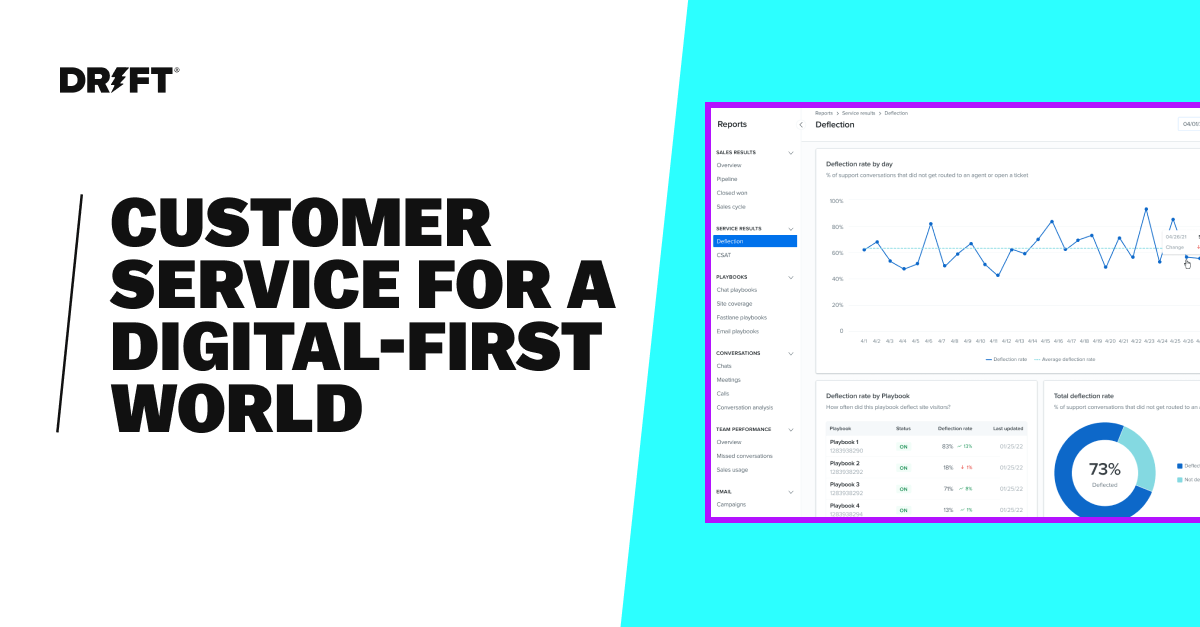We all know what a bad support experience is like.
For customers, it’s listening to hours of holding music and yelling “HUMAN, PLEASE” into your phone to no avail.
And if you’ve ever worked in customer support, you may be getting flashbacks to an angry queue of customers or a stack of seemingly endless support tickets.
The thing is, today’s B2B support experiences have a lot of friction, with customers having to fill out forms when they have an urgent issue, only to be contacted 48 hours later. It’s a lose-lose situation.
As the Senior Director of Support at Drift, my job is to remove that friction and create delightful experiences — both for my team and our customers. I do this daily using Drift Conversational Service and by being obsessed with the customer experience.
Ask anyone in support, and they’ll say the same thing: An average day changes rapidly depending on customer needs. But certain rituals are must-haves.
So, here’s a breakdown of an “average” day in my life.
The Morning
Drift provides 24/7 customer support, which means our team is global. For folks in APAC, my morning is their nighttime.
In an effort to stay connected (and have some fun), we use our internal Slack channel to communicate before and after chat shifts — sharing jokes, recipes, and more.
For example, Donald (a customer advocate in APAC), shares a joke every day after his shift is over. Thanks to him, I get to start every morning with a great pun.
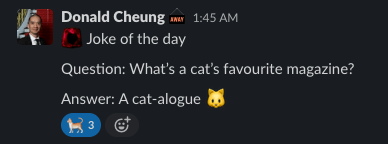
Our entire team has also heavily bought into Wordle. I try to be one of the first people to post my Wordle because that’s how I get my brain working in the morning. It’s gotten pretty competitive, and some Wordle days are better than others. But the team crushed Wordle 262 👇
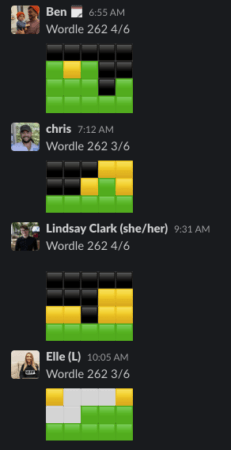
After I’ve enjoyed Donald’s corny joke and completed my Wordle, it’s time to review metrics.
I start every morning reviewing metrics from the previous day. I’m looking to understand what went well, what didn’t go so well, and dive deeper into the areas that didn’t go as planned.
I’ll work with my management team in their area of focus, whether it’s the product team or the front lines team, and dig into those metrics. For example, if we had a low CSAT, I’d work with the manager of that area to uncover what led to that.
In short, we’re looking for a story in the data and using that to create better buying experiences. At Drift, we do this using Drift’s in-app reporting, Looker, and Salesforce Service Cloud.
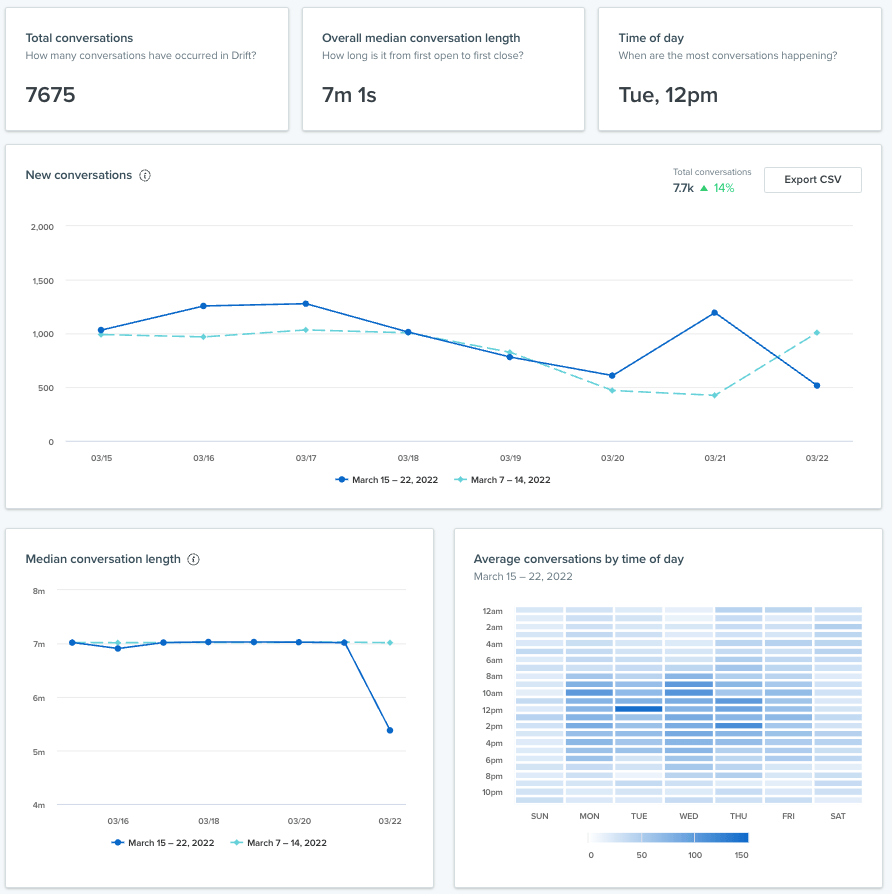
The key metrics we look at are customer satisfaction, chat volume, ticket volume, and backlog.
Customer satisfaction gives us an overall measure of our success. The volume data helps us get a bit more granular — I use this to understand if we had a bigger than normal issue. If we did, I’ll start digging into the specifics.
Additionally, I am always keeping an eye on our backlog. If that backlog is growing, it’s going to take longer to respond to things and customers are going to be upset. So it’s important we measure that daily and hopefully keep it steady.
Another activity I try to get on top of in the morning is checking in on high-intent accounts. Again, I’m looking for trending issues through the number of cases submitted, the number of times accounts have chatted in this week, the number of bugs reported, and the number of escalations.
After identifying an account that’s had a lot of questions or a larger account with an escalation, I’ll record a quick Drift Video and send it to them. I typically narrate over a slide deck to tell the account what we found and present our next steps so that they understand what we’re doing to get them across the finish line.
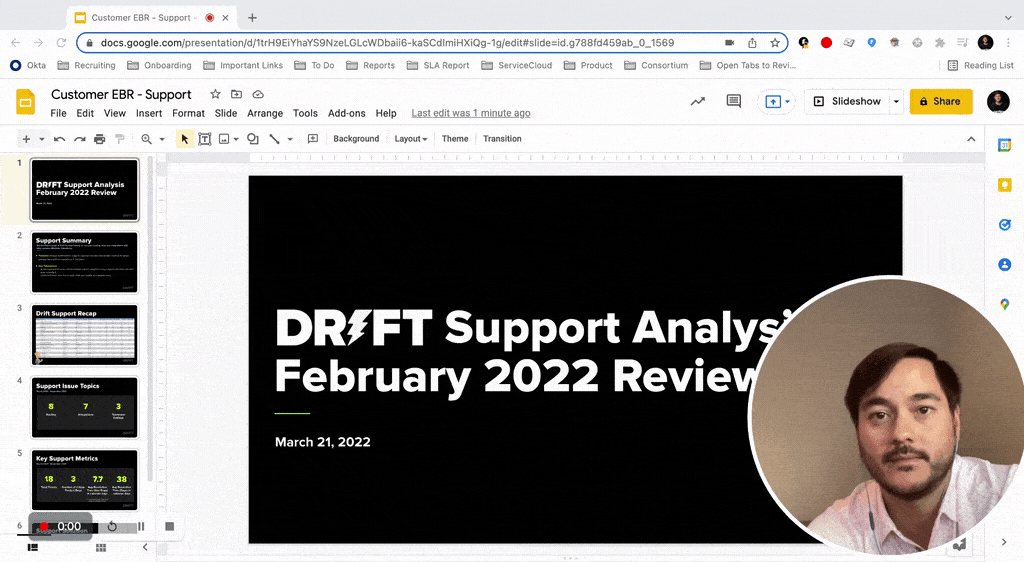
We’re not just trying to point out the number of issues or bugs. Instead, we’re being proactive and saying, “Hey, we saw you had a lot of questions on this. Here’s some content that will help your team.”
The Early Afternoon
In the early afternoon, I usually have a few meetings to attend. One of those meetings is called a Red Flag meeting.
A Red Flag meeting is a place where customer success managers (CSMs) can address open issues — whether it’s a support, product, or adoption issue. My biggest focus here is getting the issue resolved quickly and advocating on the customer’s behalf. And this is a great environment to do that because a lot of the leadership team listen in and suggest strategies for resolving these red flags.
My other meetings typically involve teammates outside of the support organization. For example, I meet frequently with the operations team to look at the tools and systems we use and talk through any issues or things we need to do.
I also collaborate closely with the product team. Of course, I chat with product managers about bugs and support issues, but they also get feedback from our team about Drift Conversational Service — looking for best practices and user insights.
Lastly, I meet with other leaders within the customer team, like in customer success or professional services. We gather weekly to review projects, milestones, open issues, and challenges, as well as figure out what we can do to support each other.
This is where we really ask each other for assistance. It’s a time for us to think about, “How can I help professional services with their goal?” or “How can customer success lean on me?” It’s a big collaboration meeting. We never skip that one.
The Late Afternoon
Throughout the afternoon (and really the whole day), I keep an eye on our Drift chat queue. I’ll do a quick scan to see if there are any volume spikes.
In terms of quality, every chat at Drift gets rated using key experience indicators, which measure the customer’s experience. It’s made up of many factors including response time and resolution time, as well as more qualitative features — like did we greet the customer by name, and did we provide relevant content?
A higher-quality score typically equals a higher CSAT, so we use these scores to make sure the customer is always getting a great chat experience.
In terms of coaching, I like to get my hands dirty. I’ll often dive into Drift and, if I see someone struggling, I’ll just jump in and coach them using internal chat notes. The team also uses internal notes to help each other out.
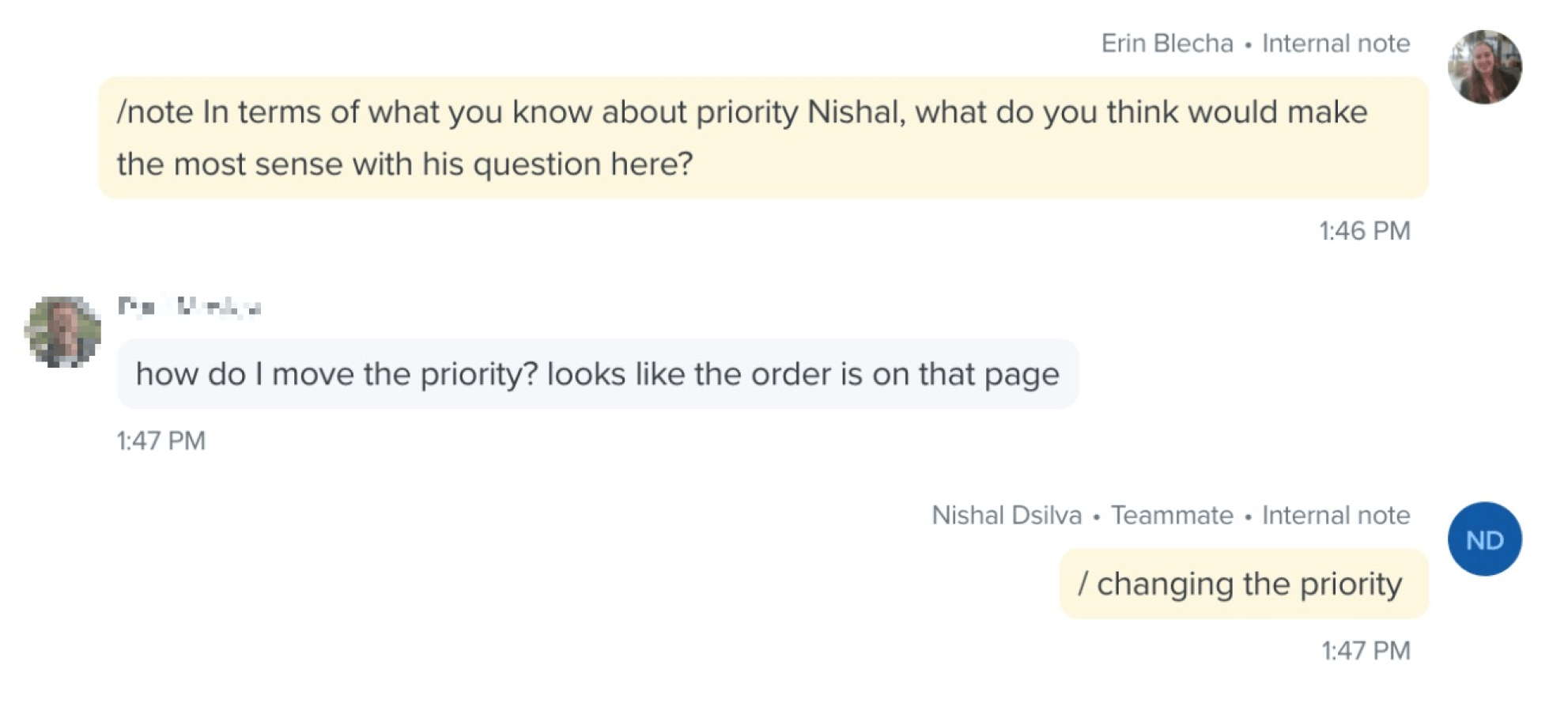
We also use Slack channels as a place to ask questions, collaborate, and brainstorm with each other.
Throughout the day, I’m also having one-on-one conversations with everyone from my managers to individual customer advocates. Whether it’s to ask me for some quick advice, career development, or coaching, my team is always welcome to ping me for a chat.
Signing Off
Our team is global, with people working in EMEA, AMER, and APAC. To keep up with handoffs between regions, everyone Slacks an update at the end of their day. We also have overlapping shifts so people can work together to transfer over any issues.
So I end my day the same way my team does — letting everyone know I’m leaving and doing a quick spot-check of where we are in terms of open cases and performance.
And when I go to sleep, I dream of five-letter words and solving tomorrow’s Wordle in under four guesses. That way, I can kickstart another day of creating great experiences for customers and Drifters alike.





